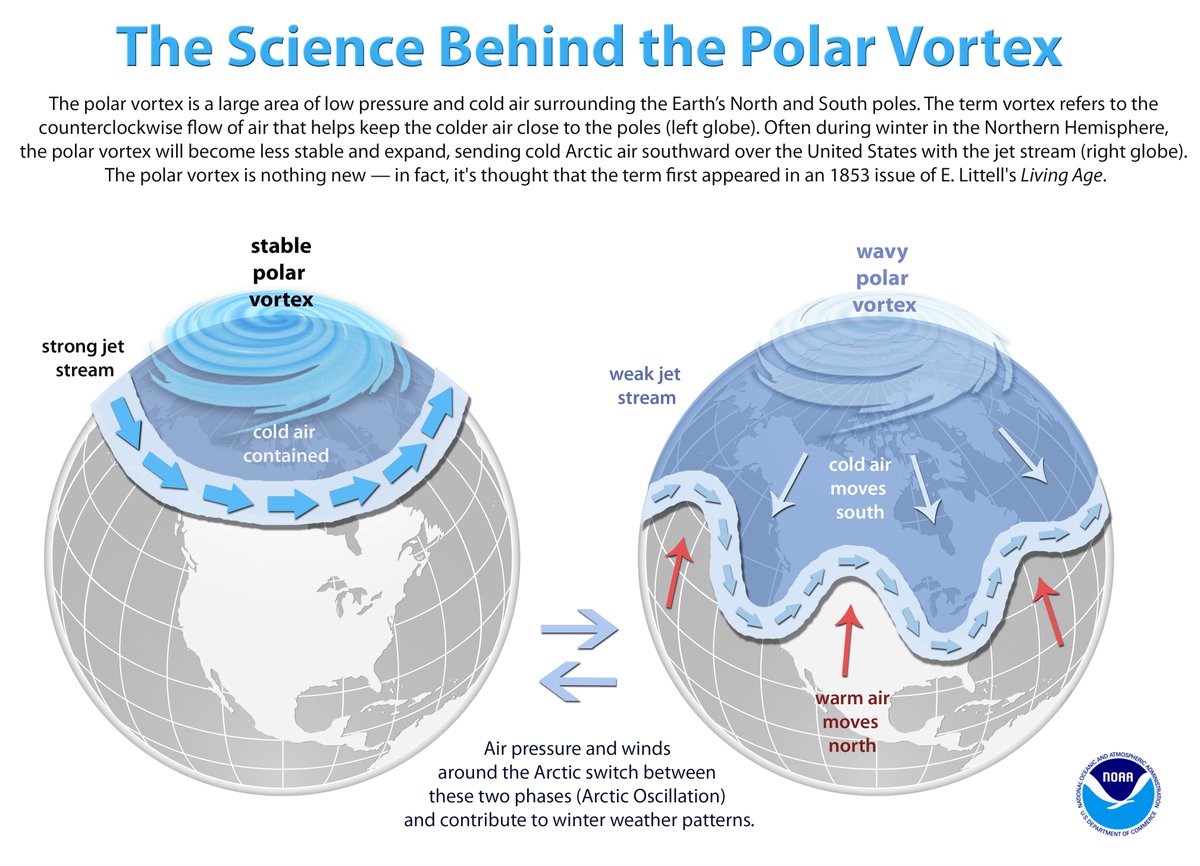
This year’s winter has been particularly harsh on the residents of the central and eastern United States, who have had to endure an abnormally cold weather pattern since the second week of January. Unfortunately, things are going to get even worse starting Tuesday, January 29, 2019. According to the National Weather Service (NWS), the extreme Arctic cold sweeping across the Midwest and Great Lakes will result in dangerously cold wind chills and cause temperatures in some cities to drop to their lowest levels in over two decades.
By midweek, large portions of the Midwest will not see daytime highs rise above zero degrees Fahrenheit. The NWS predicts that the sporadic strong winds, accompanying the bitter cold in a broad swath of the region, will cause wind chills in the 30s, 40s, and 50s degrees Fahrenheit below zero by Wednesday January 30, 2019 with a few cities in Minnesota and North Dakota dipping to 60 degrees Fahrenheit below zero! The cold snap will dump as much as two feet of snow in Wisconsin, and the city of Chicago is expected to hit an all-time coldest temperature of minus 11 degrees Fahrenheit (minus 50 degrees Fahrenheit with wind chill) late Tuesday night. “I cannot stress how dangerously cold it will be,” AccuWeather Senior Meteorologist Mike Doll stated. "An entire generation has gone by without experiencing this type of cold in the Chicago area."
While the middle of the country will suffer the most, the frigid weather will be felt down the entire eastern coast all the way to central Florida, impacting almost 200 million people.

The sub-zero cold can be blamed on the polar vortex – a circulation of low-pressure winds that hover over the Arctic, moving from west to east, or in a counterclockwise direction. The winds are responsible for keeping the frigid Arctic air locked in place. However, sometimes the vortex gets distorted, allowing the cold air to sneak out and spread to other regions.
This year’s polar vortex disruption can be blamed on misplaced Moroccan heat. In December 2018, warm air moving in from the North African country, heated the usually chilly air 20 miles above the North Pole by about 125 degrees Fahrenheit, resulting in what is called "sudden stratospheric warming." The warmth split, or distorted, the polar vortex, allowing pieces of it to wander around, one of which is now engulfing the Midwest. "Where the polar vortex goes, so goes the cold air," said Judah Cohen, a winter storm expert for Atmospheric Environmental Research.

Fortunately, the intense cold will not last for too long. Experts expect the harsh temperatures to ease across the eastern half of the US by the end of the week. So if you are among the millions suffering through this brutal weather, bundle up and, most importantly, stay indoors as much as possible. That’s because the wind chill – the effect of wind and cold temperatures on exposed skin – can cause frostbite within minutes at these low temperatures!
Resources: phys.org, weather.com,yahoo.com,cnn.com
